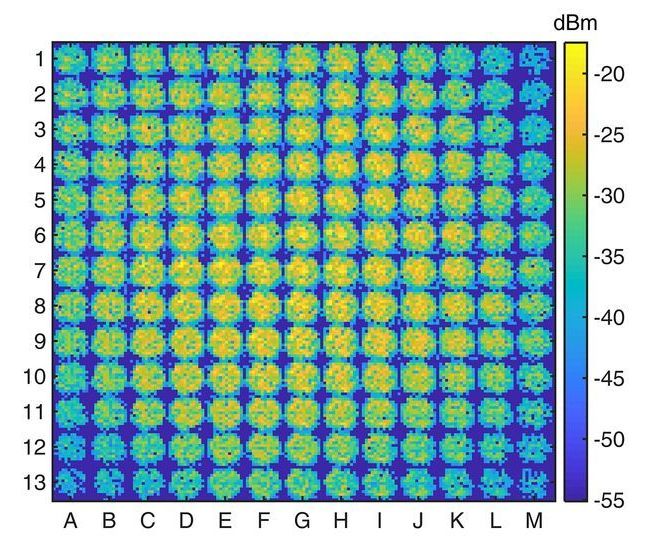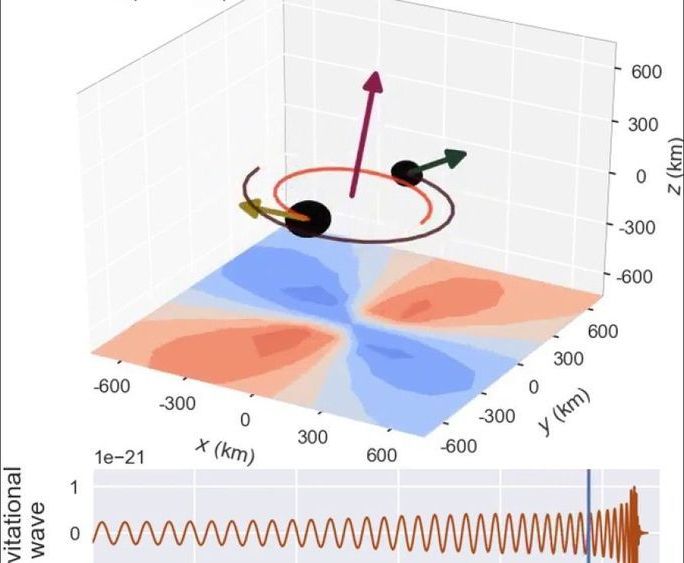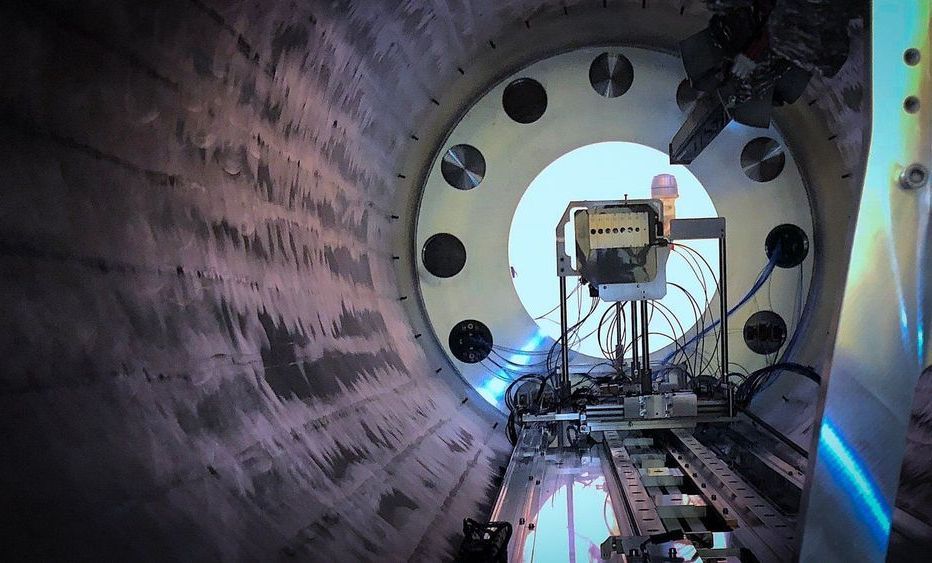Apr 1, 2020
Not Made in China Is Global Tech’s Next Big Trend
Posted by Derick Lee in categories: biotech/medical, economics
Want to receive this post in your inbox every day? Sign up for the Supply Lines newsletter, and follow Bloomberg Economics on Twitter for more.
Three years ago, manufacturing gadgets in China was a given. That’s changed fundamentally in the era of trade wars and coronavirus.
Under the new reality, the world’s electronics makers are actively seeking ways to diversify their supply chains and reduce their dependence on any single country, no matter how attractive.


















